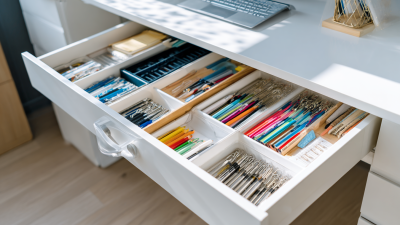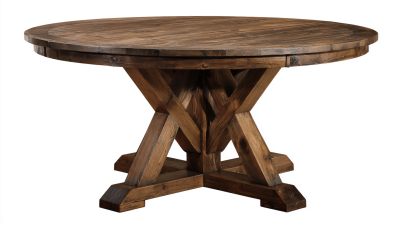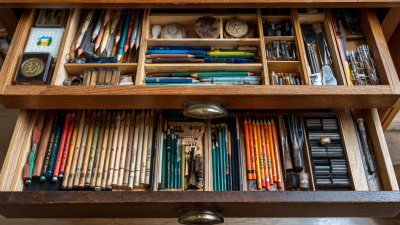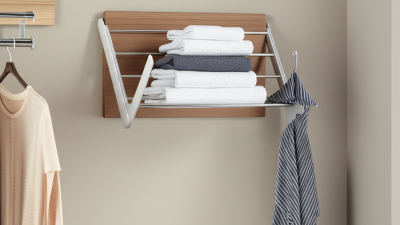In today's fast-paced work environment, maintaining an organized workspace is crucial for productivity and efficiency. According to a report by the National Association of Professional Organizers, individuals waste up to 4 hours a week searching for misplaced items, which highlights the importance of effective Office Desk Drawer Organization. An organized desk not only enhances focus but also fosters creativity, as clutter-free spaces have been shown to reduce distractions and promote clearer thinking.
As we look towards 2025, the need for streamlined workspaces is more necessary than ever. A survey conducted by the American Institute of Stress found that nearly 80% of employees experience stress in their jobs, and a chaotic workspace can exacerbate these feelings. By implementing effective organization strategies within desk drawers, professionals can reclaim valuable time and mental clarity, ultimately leading to improved job satisfaction and performance. This article will explore the top five tips for Office Desk Drawer Organization, providing practical solutions to transform your workspace into a haven of efficiency.

Assessing your current desk drawer clutter situation is the first step towards creating a more organized workspace. According to a study by the National Association of Professional Organizers, 80% of the items we keep in our workspaces are never used. This statistic highlights the importance of understanding which items contribute to clutter and which are essential for productivity. Begin by removing everything from your desk drawer and categorizing the items into keep, discard, or donate piles. This not only helps identify unnecessary clutter but also makes you more mindful of what you actually need.
One essential tip for an organized desk drawer is to utilize drawer dividers. This simple tool can help create separate sections for various categories of items, from office supplies to personal items. Additionally, keeping frequently used items in the upper sections of the drawer allows for easy access while keeping the lower areas filled with less-used tools. Another tip is to implement a "one in, one out" policy; for every new item added to your desk, consider removing an old one. This practice can significantly reduce clutter over time and culminate in a more efficient workspace that fosters focus and productivity.
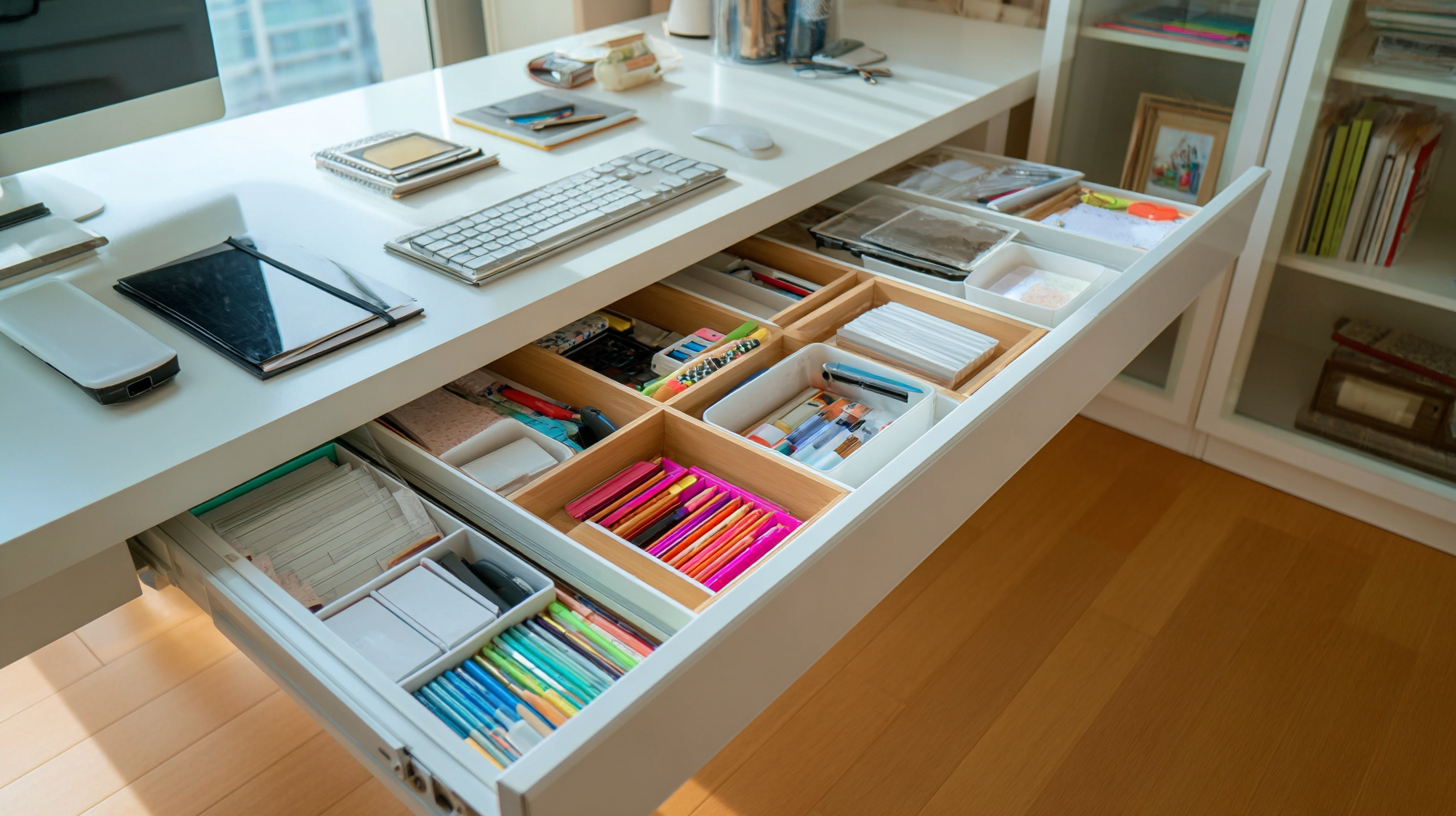
Choosing the right organizers for your desk drawer is pivotal for maintaining a clutter-free workspace. According to a study by the National Association of Professional Organizers, 82% of people feel more productive in organized spaces. This statistic highlights the significance of selecting appropriate organizers that cater to individual needs. Whether it’s drawer dividers for stationery or compartmentalized trays for tech accessories, choosing the right tools can drastically enhance efficiency and reduce distractions.
Moreover, the global market for office organization products is projected to reach $10.5 billion by 2026, indicating a growing trend toward optimizing workspace environments. When evaluating organizers, consider materials, size, and functionality to ensure they meet your specific requirements. For instance, adjustable dividers can be particularly beneficial for adapting to fluctuating storage needs. Prioritizing ergonomics and accessibility will not only streamline your workflow but also foster a more enjoyable and focused working atmosphere.
A well-organized desk drawer can dramatically enhance productivity and efficiency in the workplace. According to a survey conducted by the National Association of Professional Organizers (NAPO), 82% of individuals feel more productive when their workspace is organized. Categorizing items within your desk drawer is a strategic approach to achieving this clarity. By dividing supplies into specific categories—such as writing instruments, paper documents, and electronic accessories—you can streamline access to essential tools, reducing time wasted searching for frequently used items.

Utilizing the "4D Framework" developed by organizational experts can be beneficial in this categorization process. First, consider the importance of items: Delete unnecessary items, Delegate tasks to promote shared resources, Delay decisions on less critical items, and finally, Decide on the placement based on frequency of use. A report from Clean Desk Co. highlights that organized workspaces can lead to a 20% increase in efficiency, emphasizing that efficient categorization is not merely a space management technique but a means to enhance overall productivity. By implementing these organizational strategies, you can transform your desk drawer into a functional and efficient storage solution, paving the way for a more focused work environment.
Implementing a regular decluttering schedule is essential for maintaining an organized office desk drawer. According to a study by the National Association of Professional Organizers, 82% of people feel more productive in a clean workspace. Regular decluttering not only helps in keeping your environment tidy but also boosts your mental clarity. By setting aside time each week or month to reassess the contents of your desk drawer, you can identify items that are no longer necessary, reducing clutter and enhancing your efficiency.
To facilitate this process, consider these tips: First, categorize items based on their usage—keep frequently used items within easy reach while placing rarely used items toward the back or in storage. Second, make it a habit to minimize incoming items; for instance, if a new item comes in, aim to remove an existing one. A study from the University of California found that a more organized workspace can reduce stress levels by up to 30%. Finally, utilize drawer dividers or small containers to efficiently separate different categories of items, making it easier to locate what you need quickly. By following these practices, you can create a clutter-free workspace that promotes productivity and well-being.
| Tip | Description | Frequency of Implementation | Expected Outcome |
|---|---|---|---|
| Declutter Regularly | Schedule a monthly decluttering session to assess and remove unnecessary items. | Monthly | Improved space and reduced distractions. |
| Use Drawer Dividers | Organize supplies by utilizing dividers for easy access to frequently used items. | As Needed | Increased organization and efficiency. |
| Label Everything | Clearly label drawers and containers to find items quickly. | Once | Reduced time searching for items. |
| Implement a Minimalist Mindset | Limit items to essentials that add value to your workspace. | Ongoing | Cleaner workspace, enhanced focus. |
| Create a Filing System | Sort documents into categories and keep them neatly filed. | Quarterly | Easier retrieval of important materials. |
Creating a personalized desk drawer layout is essential for maximizing productivity in your workspace. Start by assessing your daily tasks and the specific items you need to have on hand. Consider categorizing your supplies into groups: writing tools, paperwork, and miscellaneous items. This arrangement not only helps in easily locating what you need but also encourages a more focused workflow.
One effective tip is to use drawer organizers or small containers to keep similar items together. For example, keep pens, pencils, and markers in one compartment, while post-it notes and notepads can reside in another. This minimizes clutter and allows you to swiftly grab what you need without sifting through a jumble of items.
Another helpful strategy is to implement a 'frequently used' section within your drawer. Place the items you rely on the most, like staplers or tape dispensers, at the front of the drawer for easy access. This intentional layout not only saves time but significantly reduces distractions, enabling you to maintain focus on your tasks. Personalizing your desk drawer in this way transforms it into an efficient tool that enhances your productivity.
